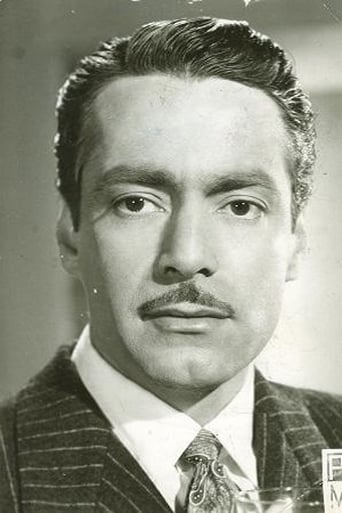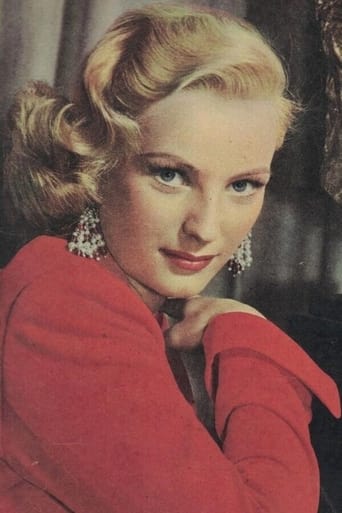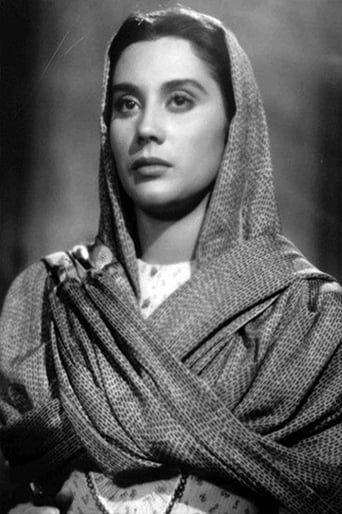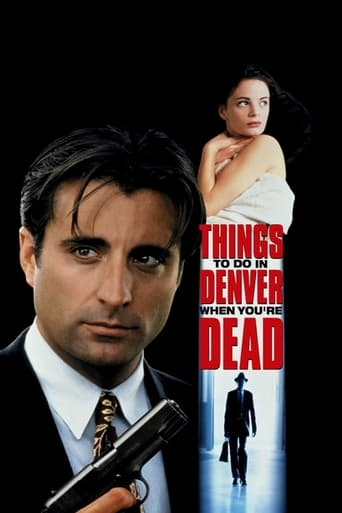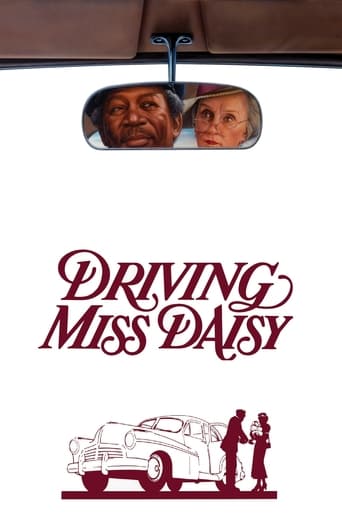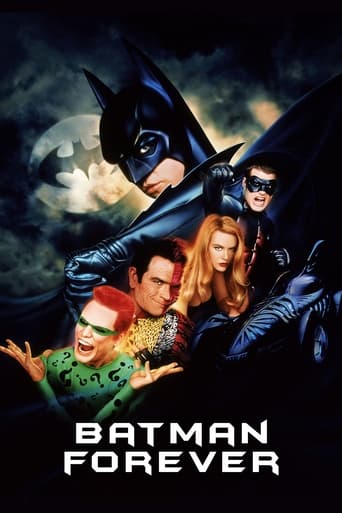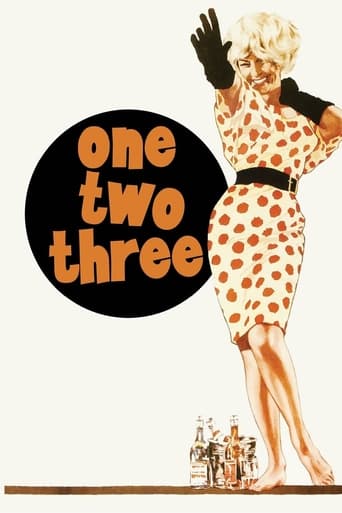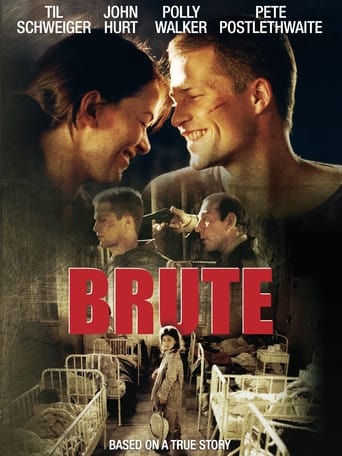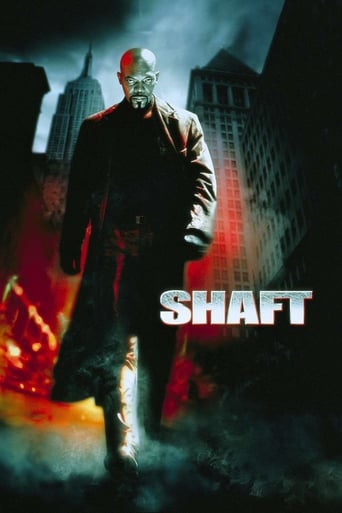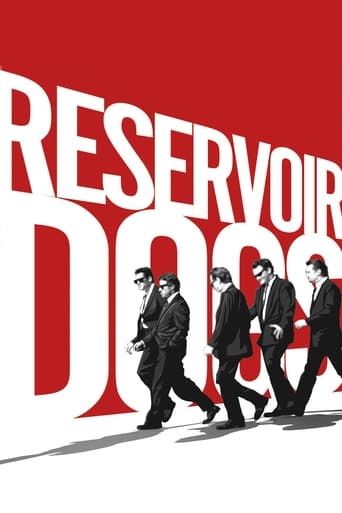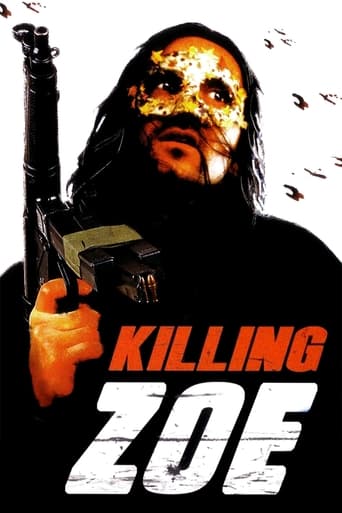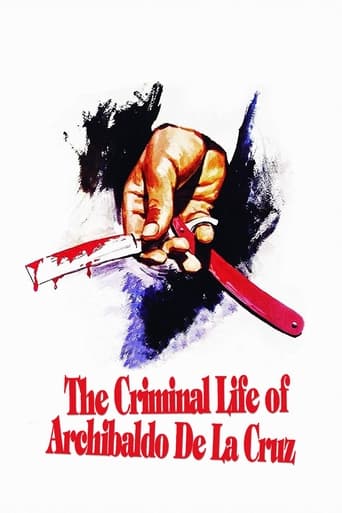
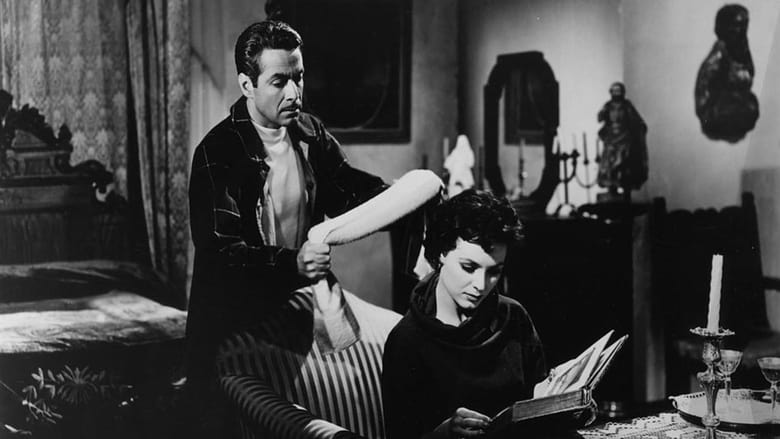
The Criminal Life of Archibaldo de la Cruz (1955)
A bizarre black comedy about a man whose overwhelming ambition in life is to be a renowned serial killer of women, and will stop at nothing to achieve it - but not everything goes according to plan...
Watch Trailer
Cast


Similar titles
Reviews
Again, Bunuel explores the disturbing mentality of a member of the privileged class. The premise is very amusing: a would-be serial killer whose attempts are constantly thwarted by circumstance. The film has some wonderful touches like the demented music box theme, the fantasies when Archie gets in one of his murderous moods, and again a focus on the lower half of the female form. Ernesto Alonso and the entire cast are terrific. However, the film does have a certain sluggishness to it, and the first two acts in particular seem to contain a lot of superfluous material that doesn't add much to the whole. I also feel the ending could use more of a cynical bite to it. Still, it's better than a lot of his 50's work, if not quite as remarkable as EL or LOS OLVIDADOS.
Adapted from a mediocre novel by Mexican playwright Rodolfo Usigli (gladly the only one he wrote) "Ensayo de un Crimen" gathers several of the worst cinematographic moments issued from such an uneven filmmaker as Luis Buñuel. Its many clumsy aspects are generously distributed on all areas of its making: there is not a single actor that can deliver his/her lines without sounding like your average end-of-semester College play. The scenery and decor are elementary and full of anachronisms. To mention just one, in the initial flashback Archibaldo (as a young child) is playing in the 20's with a Lionel train from the 40-50's! Buñuel's directing job is plainly bad, even if he tries to embellish it with a couple of his famous "oniric" sequences that just don't work here.Maybe the worst part of all is the script. There's not a single line that doesn't sound corny and forced. Here's to those who watched the film with the benefit of translated subtitles or dubbed into a foreign language: I envy you. In Spanish, the dialogs are plainly awful.However, the most remarkable feature is the enormous amount of praise this unholy stinker has received during its 50 years of existence! Undoubtedly this shows that to most moviegoers and critics -moviegoers of the Summa cum Laude species, I guess- suppose that the sole name of a famous filmmaker must mean you're watching a work of art.To this I must add that practically none of the movies that Buñuel filmed during his stay in Mexico is a true masterpiece. Even the celebrated "Los Olvidados" is sadly marred by an unabashed pamphlet scene extolling the social merits of the Juvenile Delinquent re-adaptation centers issued from the government of President Cárdenas. Maybe Buñuel considered necessary giving a little lick to the hand that was feeding him at the moment...
Following your advice, I recently `relented' to buying from Alapage the two Luis Bunuel Double-Feature discs released in France by Film Sans Frontieres. After watching them in their entirety, I cannot believe that I, who consider Bunuel my all-time favorite director and one of the true masters of the medium, have waited this long to acquire these DVDs. Actually while Alapage listed these DVDs at EUR25.73 on their site, they only cost me EUR21.51 each (excluding EUR12 shipping charges). So, if there is still anybody who has not purchased them yet, now may be the time to do so! Since I had never watched EL (1952) before, it was the first one to go through my DVD player. It was a chilling parable of an insanely jealous middle-aged man played with acute intensity by Arturo De Cordova. It afforded Bunuel ample opportunity to make practical use of overt Freudian symbolism without lending the film a heavy-handed air of pretentiousness. While there are some critics who consider it as merely `an engaging, minor work', I regard it as being among Bunuel's finest; arguably, with this film, Bunuel reached the culmination of his work in Mexico, but it also looks forward to similar sequences and themes he would tackle later on in his career, especially TRISTANA (1970) and, his last film, THAT OBSCURE OBJECT OF DESIRE (1977). EL was beautifully abetted by another of his low-budget Mexican films, the great black comedy THE CRIMINAL LIFE OF ARCHIBALDO DE LA CRUZ (1955). Again, critical reception was a bit muted in some circles, dismissing it as `just a throwaway oddity' typical of Bunuel's films of the period. However, it is much more than that: it is certainly very funny if you can accept its macabre sense of humor. It allowed Bunuel to create some of the most memorable images in all of his films, especially the celebrated dummy incineration scene, which could have been "inspired" by a similar scene in Michael Curtiz's marvelous MYSTERY OF THE WAX MUSEUM (1933) which Bunuel must have seen while working at Warner Bros. in the Thirties. A similar instance of this eclectic approach on Bunuel's part can be found in the "walking hand" sequence in his THE EXTERMINATING ANGEL (1962) - one of my favorite Bunuels - which harks back to an identical premise in Robert Florey's THE BEAST WITH FIVE FINGERS (1946), another Warner Bros. horror melodrama. For me, one of the enduring assets of THE CRIMINAL LIFE OF ARCHIBALDO DE LA CRUZ is the charm and great beauty that was Miroslava Stern (who played the part of Lavinia and was the model for the ill-fated dummy). Tragically, she would take her own life a mere two weeks after the film's release with her body, ironically enough, ending up cremated! Both the print utilized and the transfer for both films were adequate enough, and perfectly acceptable under the circumstances. However, EL's overall visual and aural qualities where distinctly superior to those of ARCHIBALDO which suffered from excessive specks and slight audio dropouts at times, but were never so alarming as to dispel from one's viewing pleasure of the film.
You can go through Ensayo de un crimen looking for symbolism and satirical details about bourgeois life. Ok but the movie itself is not really gripping.Worst of all the narration is poorly handled. The smooth Buñuel style only works when the script is witty enough to keep you brisk with every single line and every single move. Example: El Angel exterminador (1962) keeps you awake, caring for a dozen characters and not having time to think it over.The criminal life of Archibald de la Cruz can be divided in three parts depicting three criminal cases told by Archibald himself. The way they are interlaced does not help to keep a strong interest in the 'hero'. Everything is quite monotonous. It's Archibald's life ? Then why tell his life? Mixing scarce manic criminal attitudes with the life of a dull dandy does not make a tasty cocktail. Él (1952) had already the same narrative weakness but there were two main characters. Here nothing really goes on the side of fantasy and the settings are not great.Personally I made do with the ideas/images Hitchcock might have taken from this fellow jesuit-ed schoolboy.


